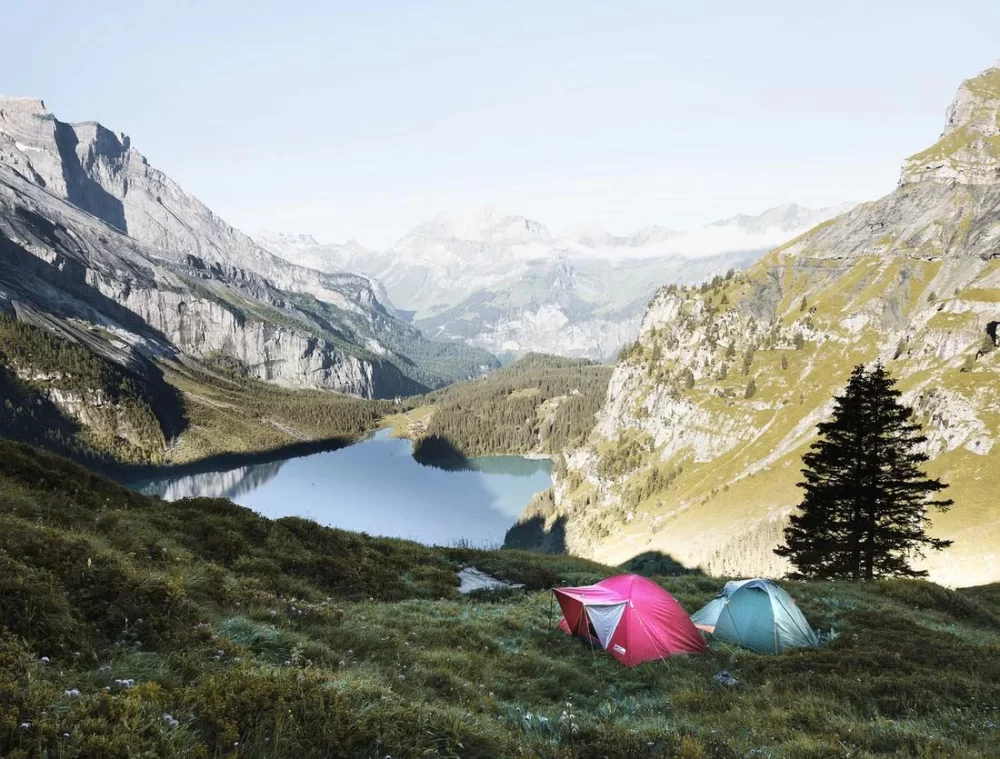How to Navigate Safely When Camping in Remote Areas
- Understanding the Risks of Remote Camping
- Essential Navigation Tips for Safe Camping
- Case Study: Getting Lost in the Wilderness
- Best Gear for Outdoor Navigation
- How to Prepare for Your Next Remote Camping Trip
1. Understanding the Risks of Remote Camping
Camping in remote areas can be a truly rewarding experience, offering peace, solitude, and unparalleled connection with nature. However, it also comes with its own set of challenges, especially when it comes to navigation. The lack of established trails, the vastness of wilderness, and unpredictable weather conditions make navigation in these areas tricky and potentially dangerous.
Before heading into the wild, it’s essential to recognize the risks involved in remote camping. Poor navigation can lead to getting lost, running out of supplies, or even life-threatening situations. Understanding these risks is the first step toward preparing yourself for a safe and enjoyable adventure.
2. Essential Navigation Tips for Safe Camping
Here are some practical tips to help you navigate safely when camping in remote areas:
- Know Your Route: Research the area thoroughly before your trip. Use maps, guidebooks, and online resources to familiarize yourself with the terrain. If possible, talk to local experts or rangers for advice on the best routes and potential hazards.
- Use a Compass and Map: Although smartphones and GPS devices are useful, they can fail in remote areas due to dead batteries or lack of signal. Always carry a traditional compass and a detailed paper map. Make sure you know how to read them and practice using them before your trip.
- Mark Key Locations: When navigating, mark key locations such as campsites, water sources, and trail junctions on your map. This helps you stay oriented and provides reference points if you become disoriented.
- Track Your Progress: Take regular bearings and track your progress throughout the day. This will help you stay on course and ensure you're not veering off the path unknowingly.
- Be Prepared for Emergencies: Always have an emergency plan in place. Let someone know your itinerary and expected return time. Carry a whistle, flashlight, and a first aid kit in case of an emergency.
3. Case Study: Getting Lost in the Wilderness
During a trip to a remote forest in the Pacific Northwest, I had a firsthand experience of what it’s like to get lost in the wilderness. We had followed a trail for most of the day, but as the sun began to set, the trail became less defined, and the dense forest around us made it hard to see where we were heading.
We had planned to camp near a river, but after a few wrong turns and losing track of our bearings, we ended up far from our intended campsite. Thankfully, I had a map, compass, and the knowledge to retrace our steps. After a tense few hours, we found a clearing and managed to camp safely for the night.
This experience taught me the importance of constantly checking your position, carrying backup navigation tools, and staying calm in challenging situations. Being prepared is the key to safely navigating remote areas.
4. Best Gear for Outdoor Navigation
When camping in remote areas, having the right gear can make all the difference. Here’s a list of essential navigation tools to help ensure you stay on track:
- Compass: A high-quality compass is a must-have for any serious adventurer. Ensure it is durable and easy to read under various lighting conditions.
- Topographic Map: Topographic maps provide valuable information about elevation changes, water sources, and terrain types. Make sure your map is specific to the area you’ll be visiting.
- GPS Device: While not always reliable in remote areas, a GPS device can still be useful if you have a backup power source. Be sure to download offline maps in advance.
- Altimeter: An altimeter can be a useful tool for determining your elevation, helping you gauge your position on the map and make decisions on which direction to take.
- Navigation Apps: There are several offline navigation apps available that work without a signal. These can complement your traditional map and compass, but they should never replace them.
5. How to Prepare for Your Next Remote Camping Trip
Preparation is key when it comes to navigating safely in remote areas. Here are a few steps to ensure you're fully prepared:
- Plan Your Route: Study your route in detail before leaving. Plan rest stops, water refills, and campsites ahead of time. Make sure you have an alternative route in case of unforeseen circumstances.
- Practice Navigation: Before heading into the wilderness, practice using a map and compass in your local area. The more familiar you are with navigation tools, the more confident you’ll feel in the wild.
- Pack Smart: Pack lightweight, reliable gear, and make sure to include extra batteries, a power bank, and a backup GPS device. Always have a first aid kit and emergency supplies with you.
- Stay Informed: Check the weather forecast regularly, and be aware of any potential changes. Prepare for all types of weather to stay safe during your camping trip.







